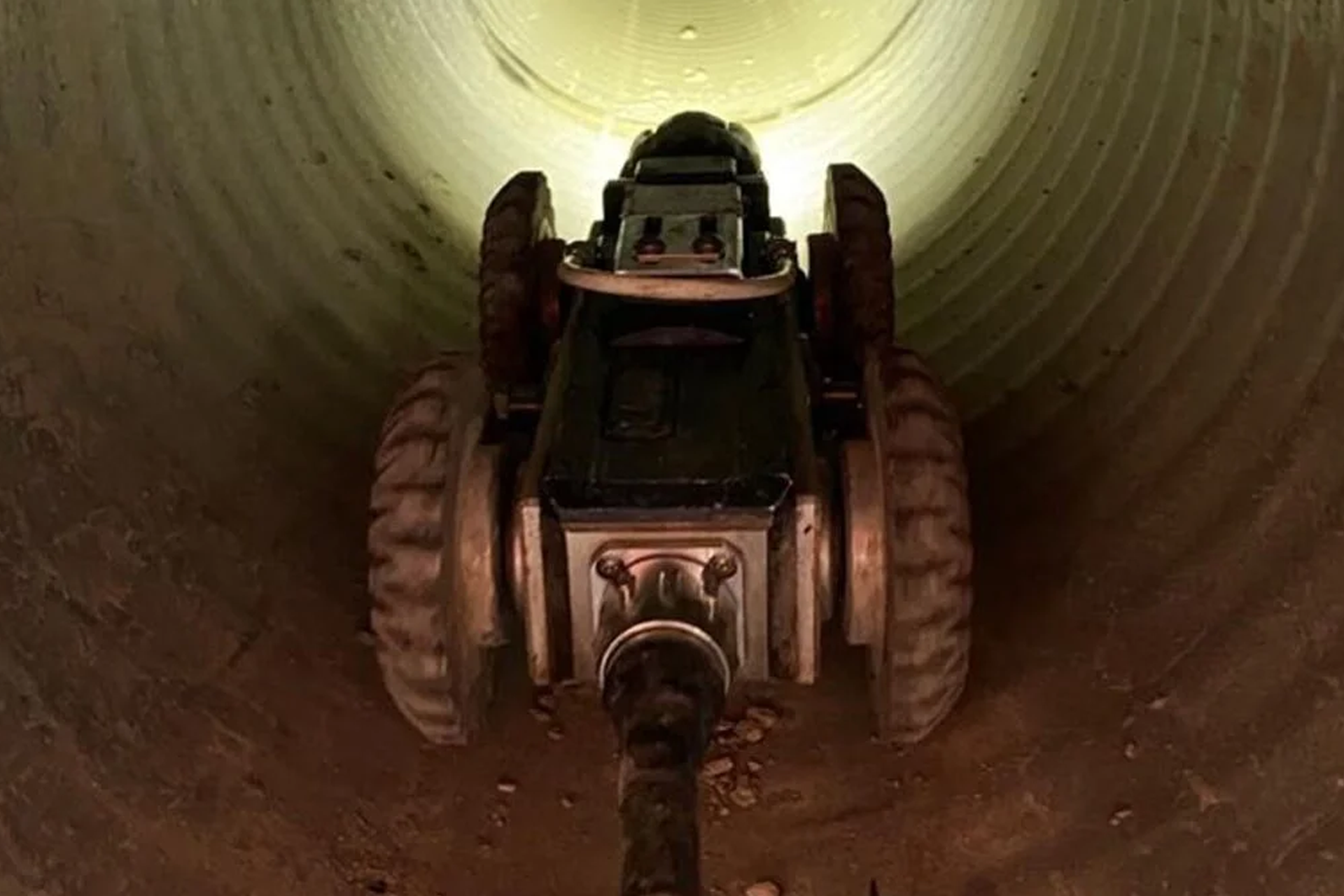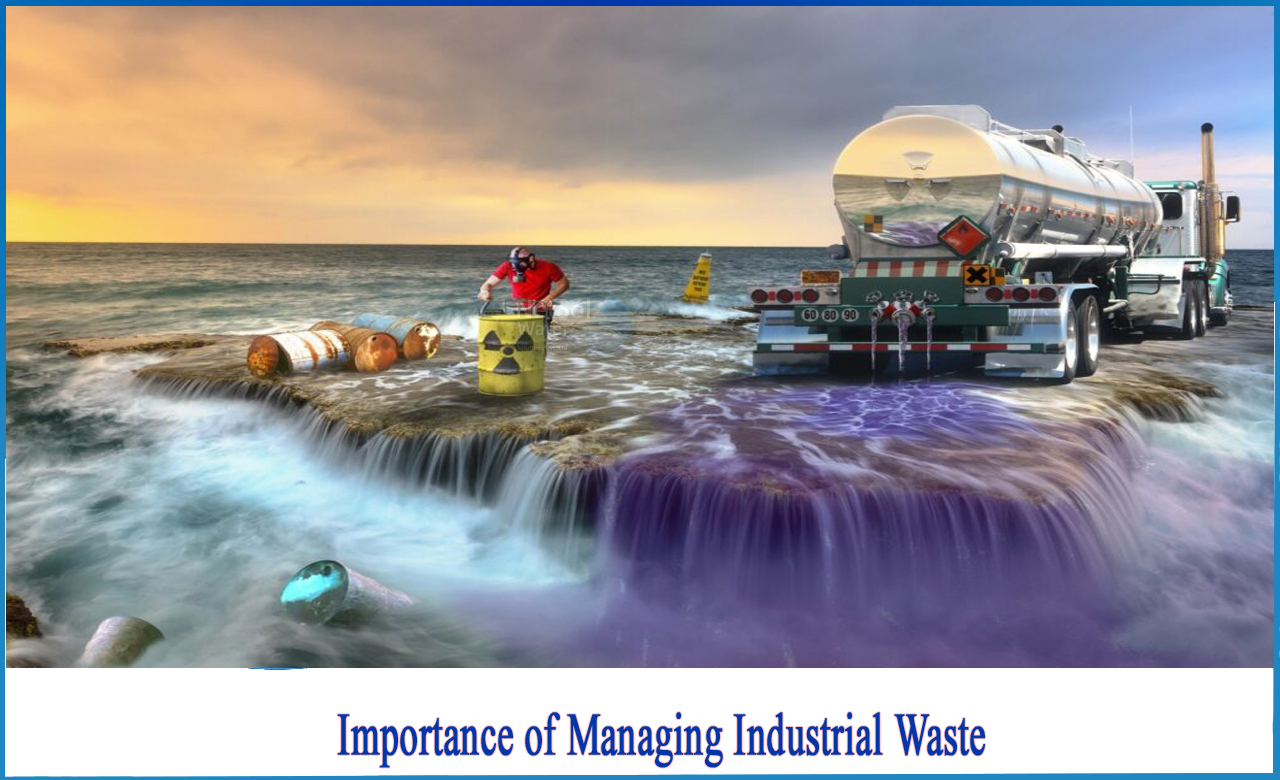Reclaim Waste - Truths
Table of ContentsThe Main Principles Of Reclaim Waste Some Ideas on Reclaim Waste You Need To KnowUnknown Facts About Reclaim WasteReclaim Waste Things To Know Before You BuyThe Reclaim Waste Diaries
Explore the types, events, and types of liquid waste. Domestic sewage waste refers to the waste and products from a domestic sewage-disposal tank. This type of waste is produced by humans in houses, colleges, and various other buildings. This only consists of septic systems that have a drainpipe area. The appropriate administration and disposal of domestic sewage waste call for liquid waste to be moved to a sewer therapy plant where the proper methods and tools are used to purify and take care of waste.
Business waste usually includes potential dangers, such as flammable materials or a blend of liquid and solid waste items, and needs an advanced and thorough disposal procedure. The disposal of commercial waste commonly includes the purification of waste before transportation to guarantee secure and correct disposal. Hazardous waste is produced from by-products and overflow of commercial procedures and manufacturing.
This sort of waste can not use the same sewage administration transport or procedures as septic or industrial fluids. The commercial waste monitoring procedure calls for the examination and testing of fluid waste prior to it undertakes the disposal process (liquid waste removal melbourne). Overflow waste is the liquid waste that comes from overflow and excess stormwater in extremely inhabited areas or cities
Overflow waste can cause contamination and flooding if not taken care of effectively. Making sure appropriate waste management can stop calamities and minimize ecological damage.
All About Reclaim Waste
Get in touch with PROS Providers today to find out about our waste management and disposal solutions and the appropriate methods to take care of the liquid waste you produce.
This so-called 'wastewater' is not only a crucial resource however, after treatment, will certainly be launched to our land, rivers or the sea. Utilized water from commodes, showers, baths, cooking area sinks, washings and commercial processes is known as wastewater.

water made use of to cool equipment or clean plant and tools). Stormwater, a type of wastewater, is drainage that flows from agricultural and city areas such as roof coverings, parks, yards, roadways, courses and gutters right into stormwater drains, after rain. Stormwater flows neglected straight to neighborhood creeks or rivers, eventually reaching the ocean.
Not known Incorrect Statements About Reclaim Waste
In Queensland, a lot of wastewater is treated at sewer therapy plants. Wastewater is transferred from domestic or industrial sites via a system of sewers and pump stations, known as sewage reticulation, to a sewage therapy plant. City governments build, keep and operate most sewer therapy plants. Operators are accredited under the Environmental Security Act 1994 to release treated wastewater at an acceptable environmental criterion right into waterways.
The Division of Natural Resources suggests city governments about managing, operating and keeping sewerage systems and therapy plants. In unsewered locations, regional governments may need householders to install specific or home sewer therapy systems to deal with domestic wastewater from commodes, kitchen areas, restrooms and washings. The Department of Natural Resources authorizes using house systems when they are verified to be reliable.
Many stormwater receives no therapy. In some brand-new communities, therapy of some stormwater to get rid of litter, sand and gravel has actually started utilizing gross contaminant traps. Wastewater treatment occurs in 4 phases: Eliminates strong issue. Larger solids, such as plastics and various other things wrongly released to sewers, are gotten rid of when wastewater is travelled through displays.
Wastewater then streams into large storage tanks where solids clear up and are gotten rid of as sludge. Oil and scum are skimmed from the surface. Utilizes little living organisms understands as micro-organisms to damage down and get rid of continuing to be liquified wastes and great bits. Micro-organisms and wastes are integrated in the sludge. Eliminates nitrogen and phosphorus nutrients that might trigger algal flowers in our rivers and intimidate marine life.
All About Reclaim Waste
Nutrient removal is not readily available at all sewer treatment plants due to the fact that it calls for costly specialised equipment. It is becoming extra typical in Queensland. Clear liquid effluent generated after treatment might still include disease-causing micro-organisms. If this effluent is launched into rivers such as rivers or the sea, the micro-organisms will ultimately pass away out.

This normally suggests wastewater has to be dealt with or impurities gotten rid of before it can be discharged to waterways. Most wastewater flows into the sewage system. Under the Act, city governments carry out approvals and licences for ecologically appropriate tasks (Periods) entailing wastewater releases that might have a neighborhood impact. visit The division provides authorizations and licences to Periods involving wastewater launches that may have a regional or statewide influence.
More About Reclaim Waste
Or else, examples are considered laboratory analysis. Often several tests are needed to establish the degrees of each of the different contaminants such as oils, hefty steels and pesticides in water. Monitoring supplies accurate details concerning water top quality and can verify that permit problems are being fulfilled. The information obtained through tracking gives the basis for making water top quality choices.
Comments on “The 25-Second Trick For Reclaim Waste”